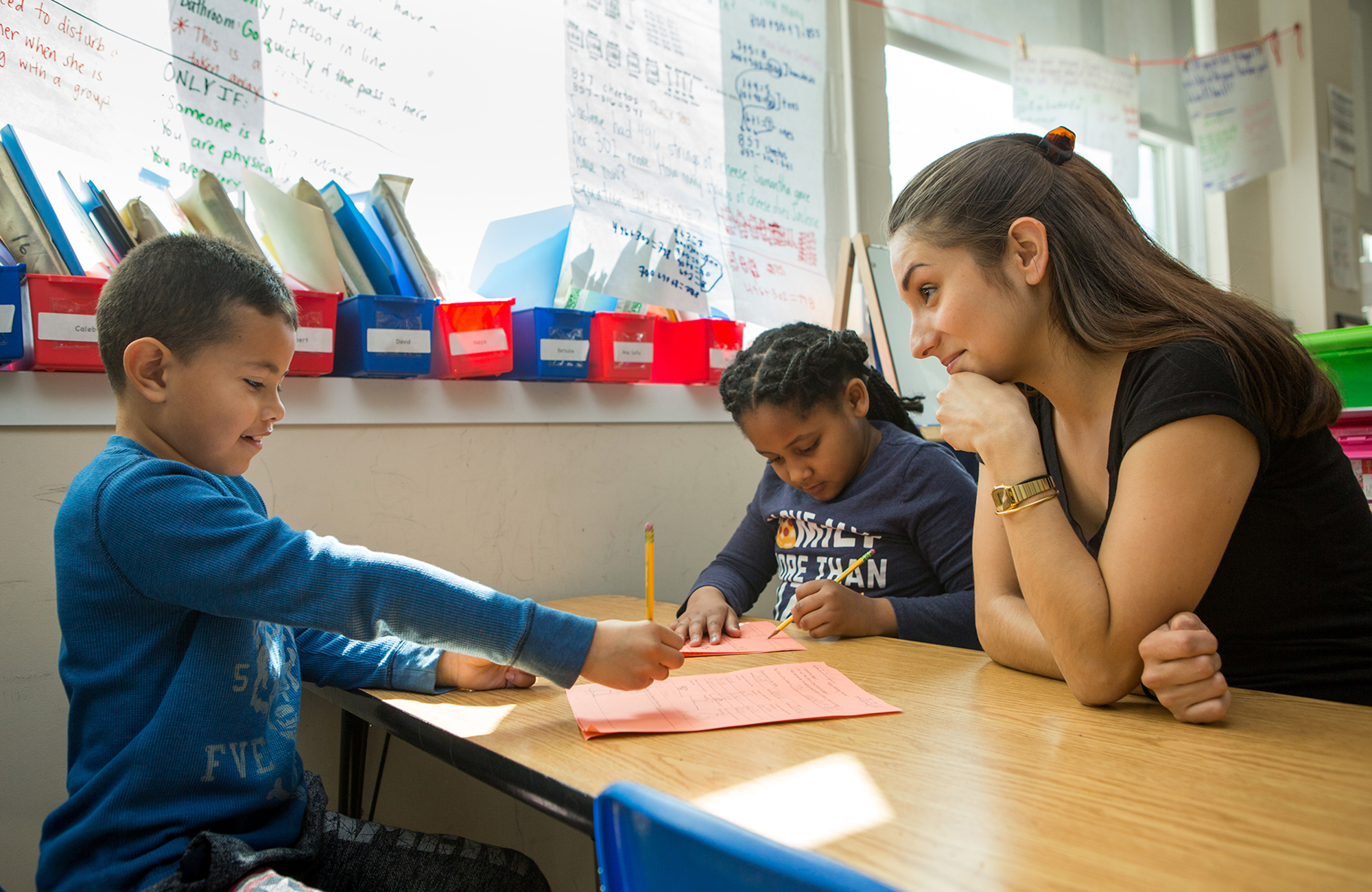Teachers Recognize the Power of High-Quality Assessments

As spring approaches, schools across the country will have their students participate in statewide annual assessments. With that, inevitably comes the call from a small but vocal chorus of individuals trying to encourage parents to opt their children out of these high-quality assessments. Jen Grana, a parent in New Jersey, recently posted that plea, asking fellow parents to refuse having their children take the 2017 PARCC exams.
According to Grana, “The PARCC tests costs the students and teachers time that could be spent on literature, creative writing and the flexibility to experiment with new teaching techniques. The PARCC tests cost teachers the ability to teach WHAT they want their kids to know and understand and HOW they want them to learn it.”
Grana completely overlooks the fact that high-quality assessments provide important information about student academic progress to parents, teachers and students.
Assessments aligned to high standards, like PARCC which is used in New Jersey and other states, are critical to measuring students’ aptitude and college preparedness. They provide parents and teachers with one of the best tools to measure students’ development in a subject and can provide valuable insight into how students are progressing towards college- and career-readiness.
Assessments like PARCC are the kind of high-quality tests parents should want their children to take. Annual assessments are an important part of the learning process for students, teachers, and schools by providing valuable feedback on student performance that can inform student supports, instructional practices and school resource allocation. When parents keep students out of end-of-year tests, it doesn’t just hurt their child, it hurts all children in their school.
Teachers also might argue otherwise. A study by the National Network of State Teachers of the Year concluded that states are on the “right trajectory” by implementing high-quality assessments, like PARCC. The research, conducted by more than 20 State Teachers of the Year, found consortia tests better align with classroom instruction—deflating pressure to teach to the test—are appropriately challenging, and do a good job of capturing student understanding.
Just this week, Ohio teacher Tricia Ebner shared how she finds high, comparable standards and assessments freeing, not restrictive, when it comes to decisions of what, or how, she teaches. “The standards and the assessments my students will take at the end of the year offer a framework or blueprint from which to work. As the teacher, I make the decisions about what we will study and how we will study it,” she wrote.
Because these assessments ask students to apply their knowledge and think critically – a departure from the multiple choice, fill-in-the-bubble tests of the past – they do not dictate what teachers should teach in the classroom or how they should teach it. With higher standards, teachers have greater flexibility – and progress towards meeting those standards is what is measured on statewide annual assessments.
As we have written in the past, today New Jersey is considered one of the top performers in the nation when it comes performance on the PARCC assessments. Up against other states using the PARCC, New Jersey posted pass rates 10 to 20 points higher than others. And in math, New Jersey outperformed other states in grades three to seven, according to reports from 2016.
About the Collaborative for Student Success
At our core, we believe leaders at all levels have a role to play in ensuring success for K-12 students. From ensuring schools and teachers are equipped with the best materials to spotlighting the innovative and bold ways federal recovery dollars are being used to drive needed changes, the Collaborative for Student Success aims to inform and amplify policies making a difference for students and families.
To recover from the most disruptive event in the history of American public schools, states and districts are leveraging unprecedented resources to make sure classrooms are safe for learning, providing students and teachers with the high-quality instructional materials they deserve, and are rethinking how best to measure learning so supports are targeted where they’re needed most.

